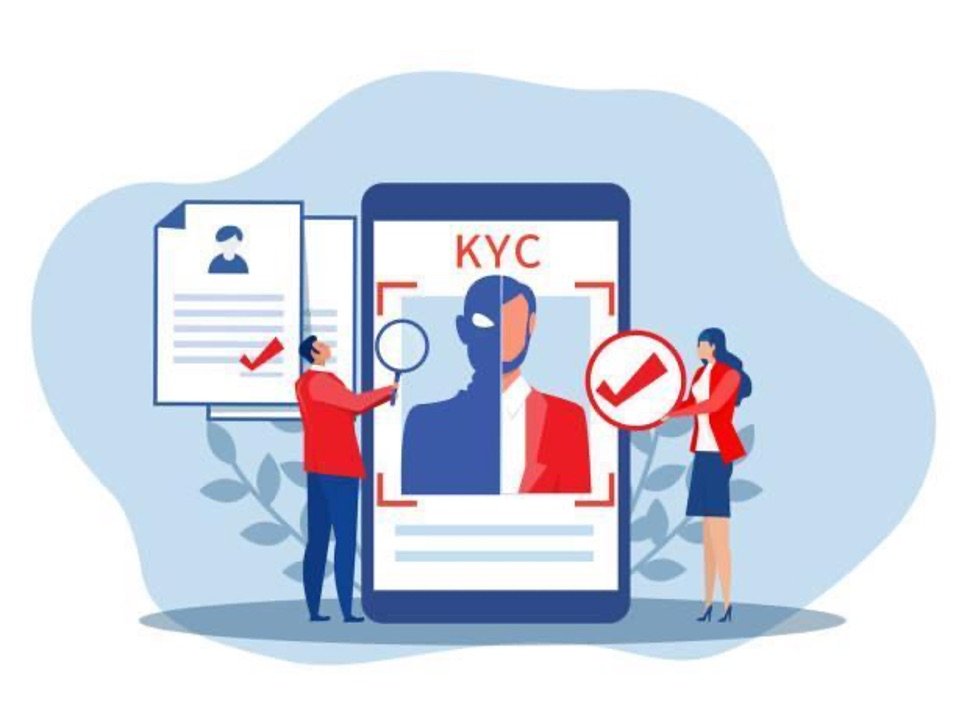Every organization must comply with various financial regulations the government and other agencies enforce. These regulations are aimed at businesses helping the government detect financial crimes and fraud to prevent other adverse crimes like terrorism.
Therefore, to comply with these regulations, you must know your customers by conducting a KYC due diligence for all details and to ensure compliance. Failure to comply with the KYC guideline or an incomplete KYC could significantly impact the business.
To ensure compliance and avoid the negative effects, you must instill stringent KYC best practices for every client or business that signs up with your company. For effectiveness, you must meet all the due diligence basics to verify the customers before officially interacting with them as clients or partners.
The approach is straightforward; however, businesses can include various best practices to streamline the process and for effective results. Let’s explore these basics and best practices to build a business KYC system.
1. Customer Identification and Verification
This is the first process within the KYC end-to-end process lifecycle. It involves identifying who the customers are and the necessary details they must provide to verify identity. Once you understand them and the type of data to collect, you can proceed to ask the customers to submit all the necessary data. To ensure completeness, follow the regulatory guidelines for any additional details needed.
Some of the details include the document of proof and personal data. The personal data include name, date of birth, occupation, business, address, social security number, etc. Customers should submit copies of documents like passports, recent passport photographs, national identification cards, driver’s licenses, birth, marriage, and academic documents.
Once the customers provide all these details, verification is the next process within the first stage. This process involves the comparison of personal details with whatever is in the documents of proof to ensure they are not lying.
Next, you can compare the documents with those in other databases for similarity.
You can use details like documents and certificate numbers to compare with what is in the databases. The comparison data should be from government, security, financial institutions, and academic databases.
For effective know-your-customer verification, you can rely on third parties with a connection to major databases. Their experience can help you verify the details provided to ensure all documents are legitimate.
2. Comprehensive Due Diligence
For completeness, you need more than due diligence; ensure the process is extensive to capture all the relevant details. Begin with the customer personality and behavioral analysis, which you can do based on the statements and information provided. Do an extensive profiling for every customer to get a glimpse of who they really are and how to handle them.
The next process is to do a risk profiling, which can be accomplished based on the certification. The risk could be high if the details are incomplete, i.e., some documents are not submitted. Financial institutions like insurance companies and banks can use the financial data and information provided and collected from other databases for risk analysis and profiling.
When doing profiling and risk assessment, focus on financial risks like creditworthiness, bad debts, financial insolvency, terrorism financing, and money laundering. These details are critical for offering loans, mortgages, and other details.
3. Ongoing Monitoring and Oversight
As part of the risk management process, KYC is not a one-time process but a continual process involving frequent monitoring and customer oversight. You should continually monitor the customer to ensure they did not falsely disclose or retain any information.
The other goal of monitoring is to update the data you have continually. This will help you continually manage and rate the customers based on their risk profiles. Ensure the data obtained is the latest, and encourage the customers to provide the relevant data you need.
4. Record Keeping
All the KYC data is needed for profiling and customer analysis now and in the future. For financial institutions, the past, present, and anticipated future data is essential for risk analysis and creditworthiness. Keep the data in case of any future needs and ensure you properly back all the details in case the original information is tampered with.
Have a proper filing system with necessary labels to keep all the relevant customer data and details. Every detail must be kept for future litigation and proof of customer behavior in case of investigations into the customer or the company.
5. Technology-driven KYC
KYC entails a lot of processes and activities that would be made easier with the help of technology. First, you need the tech for data collection using a registration website or portal. When doing the due diligence, you must compare the provided information with what is in other databases.
You need AI and big data analytics to extract data from other databases, do the comparison, and give the results you need. The database can also help with verification and data authentication. For other duties like risk profiling, a risk management system is used to profile all the customers.
Finally, with the help of data mining tools, you can constantly update and monitor customers based on social media profiles, travel bookings, and other activities. You can streamline record keeping through cloud computing and create backups to store all the necessary data.
Bottomline
With all the basic and best principles observed, KYC can help you avoid financial, reputational, and other risks when dealing with customers. The greatest principle is automating the entire process and heavily relying on technology to streamline it, simplify everything, and save time.
You should implement these basic and best practices in order for efficiency error prevention and ensure you capture the full details.








